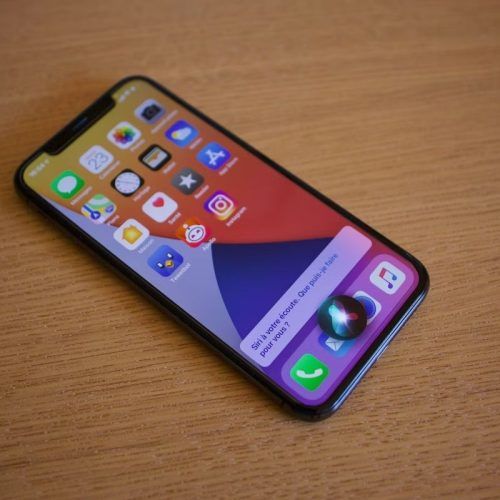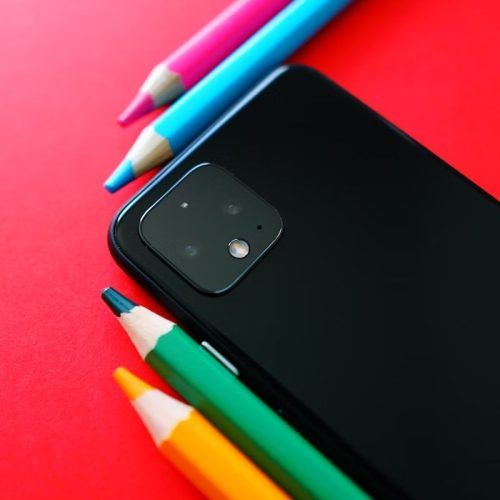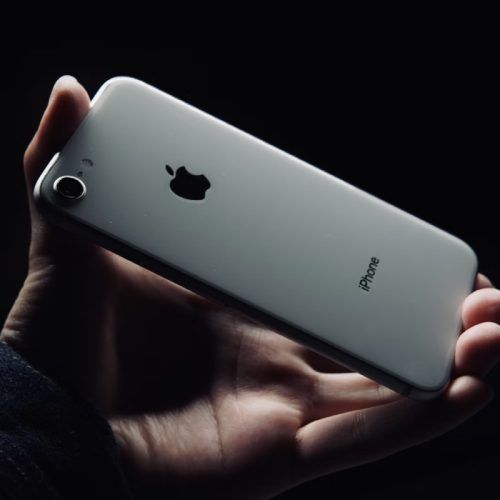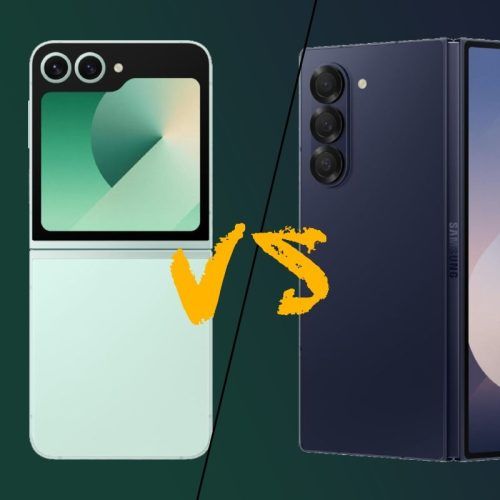It’s been a long time coming, but Apple has finally released its HomePod and HomePod mini in Singapore, and it should come as no surprise to you that it’s as impressive as they say it is.
If you’ve already purchased a pair of AirPods Pro 2, you’d know that Apple has seriously stepped up its game in the audio department. The HomePod speakers are perfect examples of this, only instead of merely being an acoustic powerhouse, they are also a force to be reckoned with as an intelligent assistant for the home.
Now you might’ve had some experience with other smart speakers by now – the Google Nest Audio and Amazon Echo, to name a few. And while they’re fun to have around ( except when they get activated in the dead of the night unprompted), they’re still not the best companions if you – like us – are already heavily invested in the Apple ecosystem. This is why the HomePod and HomePod mini couldn’t have come at a better time, especially if you’re a bona fide audiophile who wants the best of both worlds – sound quality and intelligence.
Read on to find out what the Apple speakers do well and what they don’t.
Review: the new Apple HomePod and HomePod mini
Yes, it actually sounds good

Smart speakers have a bad rep for not sounding as good as audio systems that have been designed solely for listening to music, but Apple wants to challenge that status quo with the HomePod.
It was, after all, designed to be the perfect companion to Apple Music and its burgeoning library of songs, especially those with spatial audio. Beneath the seamless mesh fabric is a complex web of design and engineering that’s been calibrated to give you the perfect listening experience. A high-excursion woofer, for example, sits at the top to ensure that low frequencies are balanced and consistent. Then there are the five tweeters at the bottom that not only direct sound down and out the bottom of the HomePod to prevent unwanted table reflections (which muddles the sound), but also to ensure all the details of your music – such as the plucking of a guitar – come through with stunning clarity.
The result is audio that’s rich, more so because it fills the room entirely. This is thanks to the smart room sensing tech that adapts the sound based on its surroundings, so it knows where walls, furniture – and even you – are to create the best possible result. Primary vocals are always directed to the listener’s direction, while ambient sounds envelop the room around you completely. On Hotel California (Live) by Eagles, the opening guitar solo is deeply immersive, and on Faith by The Weeknd, you’ll get a taste of how unadulterated the instrumental, drums, and ambient synths come through. On Mystery Lady by Masego and Don Toliver, the bass is pumped up without obscuring vocals the way some speakers might, which was a pleasant surprise. Because everyone’s preference is different, Apple has settings in the Home app that allows you to tweak the bass levels as you please.
Handoff is remarkably easy and useful

If you’ve been jamming to a song or been on a phone call, and don’t want to have to stop once you’ve reached home, simply bring your iPhone near to the top of the HomePod or HomePod mini, and your song or conversation will transfer over, which makes it infinitely easier than making Siri play it from the start, or having to AirPlay it over. Likewise, you can move the music from the HomePod to any iPhone that’s connected to the same Wi-Fi network.
It’s highly integrative

We’ve already established that it’s not just a pretty face, so it should come as no surprise that the HomePod is also an intelligent hub for all your smart home accessories. Control anything from a single light bulb to a particular room or even the whole house by calling upon – surprise, surprise – Siri. It’ll also control your thermostat on the spot with its temperature and humidity sensing, or via the Home app when it gets past a certain temperature or time of day. Sound recognition also identifies smoke or carbon monoxide alarms to warn you when you’re out.

Apple WWDC 2023: What To Expect From This Year’s Event Happening From June 5-9?

Apple’s Smartwatch Might Soon Implement No-Prick Blood Glucose Tracking
For the best experience, purchase compatible accessories from Matter and HomeKit, which can be easily connected and synced to your Home app and HomePod.
Movies are a lot more cinematic

You know how horror movies aren’t scary without the sound? Music and sound play such an integral role in shows that they can make or break them. This makes the HomePod useful if you want a viewing experience that’s way more immersive.
The smart speakers can be used individually or better yet, as a pair, although you could probably go all out and put one in every corner of the room to create an actual cinema in your home. The sounds are crisp and precise, and you’ll hear the smallest detail, from the thud of the football being kicked on Ted Lasso, to the faintly eerie music on The Servant. You’ll want to pair the speakers with the Apple TV 4K for the best experience here, which supports Dolby Atmos, Dolby Digital 7.1, or Dolby Digital 5.1 surround sound.
Siri works – music on or not
Smart speakers can be tricky little things, especially when you’re trying to get them to listen to you. The four-microphone array within can detect even the faintest “Hey Siri”. We tested it out by whispering the command, and it somehow managed to pick up our prompt even when music was playing at 50 percent volume. It’s also fast with responses, be it music requests, weather updates, or smart home commands.
It’s as eco-friendly as a smart speaker can be
It’s a known fact that electronics contribute to pollution, but the HomePod is as eco-friendly as it gets. The plating of circuit boards, for example, is made with 100 percent recycled gold, while the Midnight mesh fabric is completely crafted from recycled plastic. Even the speaker magnets use recycled rare earth elements.
Unfortunately, you can’t use Bluetooth (and you’ll want to sign up for Apple Music)
Yes, it’s strange to have a smart speaker not be Bluetooth compatible, but it’s not really a deal breaker if you’re already neck-deep in the Apple universe. If you’re on Spotify, music can only be played via Wi-Fi and Airplay. Apple Music is the default for Siri song requests, which also makes sense because Spatial Audio is only available on that music streaming app. There is, however, a difference in sound quality between songs on Spotify and Apple Music’s songs with Spatial Audio, so you’ll want to keep your subscription (or use the free six-month trial!) for these speakers.
Is the HomePod mini worth it then?

Although the mere size of an orange, the HomePod mini is still an attractive proposition for those who want quality audio in their homes. It doesn’t have the bass and volume that the bigger HomePod has, but it’s good enough for casual listening and produces a balanced sound. Besides, they’re more portable around the house.
Everything we loved in the HomePod is available here, including multiform audio capabilities and a built-in temperature and humidity sensor. It doesn’t however, support Dolby Atmos, so if you’re a big movie fan and want the best possible viewing experience, we suggest you pick up the HomePod instead. Otherwise, feel free to mix and match between the minis and the larger HomePod throughout your home for a tailored experience.

The New Steinway & Sons Model A Loudspeaker May Save Space But It Packs A Grand Sound Audiophiles Will Love

Balenciaga Merges Sound And Style With Brand New Speaker Bag
The HomePod (2nd generation) retails at S$429 and the HomePod Mini at S$139, and can be purchased from the Apple Store online, the Apple Store app, and in stores now.
This story first appeared in Lifestyle Asia Singapore












